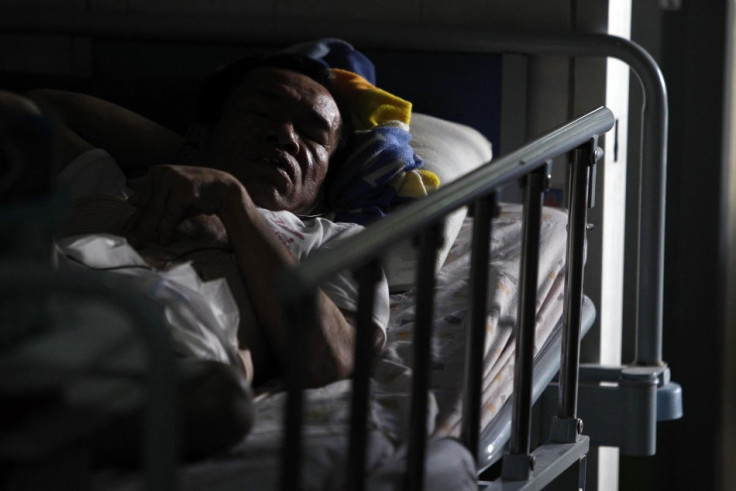Hypoactive and mixed delirium subtypes in terminal cancer patients signify 'imminent death'

Certain subtypes of delirium that some terminal cancer patients who are coming towards the end of their lives experience are often a sign of "imminent death". A report from the Chonnam National University Medical School Gwangju in South Korea says that hypoactive and "mixed" delirium are a strong sign that patients are close to dying.
Delirium is a state of confusion, altered awareness, or altered thoughts. Hypoactive delirium is a subtype which causes the patient decreased motor activity, decreased speech, and reduced awareness. Patients who show a mixture of hypoactive or hyperactive – which brings increased motor activity, loss of control, and restlessness – delirium and normal activity are classified as having mixed delirium.
"Terminally ill patients with the hypoactive or mixed subtypes of delirium showed a higher probability of imminent death, with even earlier mortality among younger patients," according to the research by Sung-Wan Kim and colleagues from the Chonnam National University.
The study, published in Psychosomatic Medicine: Journal of Biobehavioral Medicine, examined the cases of 322 patients with terminal cancer who were placed in palliative care. They analysed the relationship between delirium and survival time. Around 30% of admitted patients were diagnosed with delirium when they entered palliative care. Some 15% of these had the hyperactive delirium subtype, 34% were hypoactive and the remaining 51% were mixed. They found that those who suffered from delirium had a shorter survival time – a median of 17 days compared to 28 for those without.
Those with hypoactive or mixed delirium had the shorted survival time – an average of 14 and 15 days, respectively. Hyperactive delirium sufferers had a median survival time the same as those without delirium. Kim explains: "Hypoactive delirium is generally related to hypoxia [decreased oxygen levels], metabolic disturbances, and multi-organ failure. Therefore, hypoactive delirium could be associated with a higher mortality rate than hyperactive delirium.
Additionally, they found that while delirium was more common in older patients, the survival time for younger sufferers was shorter, which they believe could be due to the differences in treatments. "The earlier mortality in younger patients overturns a conventional assumption for survival prediction of delirium. Although delirium was more prevalent in older patients, as known, the irony is that delirium predicted shorter survival in younger patients," said Kim.
The researchers concluded that being able to predict survival times is important "in terms of ensuring good clinical decision making, developing care strategies, and preparing for the end of life in a dignified manner. Thus, the present findings could facilitate more precise predictions of survival, allowing families to prepare for the patient's death."
© Copyright IBTimes 2025. All rights reserved.






















